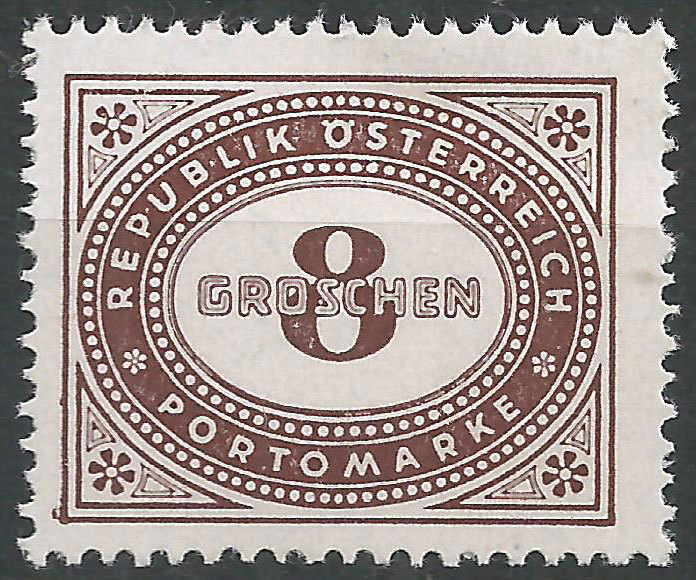Exploring Porto: A Gateway to Portugal’s Heritage

Introduction
Porto, the second-largest city in Portugal, is known for its stunning architecture, rich history, and vibrant culture. It sits along the banks of the Douro River and is celebrated for its significant contributions to the country’s economy, particularly through its famed port wine. In recent years, Porto has become an increasingly popular destination for tourists, offering a unique blend of traditional charm and modern amenities.
Historical Significance
Porto’s history dates back to Roman times when it was known as Portus Cale, a settlement that later gave Portugal its name. The city has a wealth of historical sites, including the iconic Dom Luís I Bridge, which connects Porto to Vila Nova de Gaia, while the Ribeira District, with its narrow streets and colourful facades, is recognised as a UNESCO World Heritage Site. The resilient architecture, showcasing a blend of Gothic, Baroque, and Neoclassical styles, reflects the city’s evolution over centuries.
Cultural Highlights
Porto boasts numerous cultural attractions. Art enthusiasts flock to the Serralves Museum and Gardens, which hosts contemporary art exhibitions amid beautiful landscaped gardens. The Livraria Lello, often cited as one of the most beautiful bookstores in the world, draws visitors with its stunning staircase and intricate woodwork. Culinary offerings are equally impressive, from traditional dishes like francesinha to the unique taste of Porto’s world-famous port wine.
Recent Developments
In recent years, Porto has seen an increase in international tourism, offering new experiences such as wine tours and gastronomic festivals. The city has also been investing in infrastructure improvements, including expanded public transport options and the development of new hotels and restaurants. The surge in visitors has contributed significantly to the local economy, providing jobs and opportunities for small businesses.
Conclusion
Porto’s mix of historical significance, cultural richness, and modern development makes it a vital part of Portugal’s identity. As it continues to grow as a tourist destination, both residents and visitors can look forward to evolving experiences that celebrate the city’s heritage while embracing future trends. For those contemplating a visit, Porto offers an enchanting glimpse into Portuguese life, making it an essential stop on any European travel itinerary.









